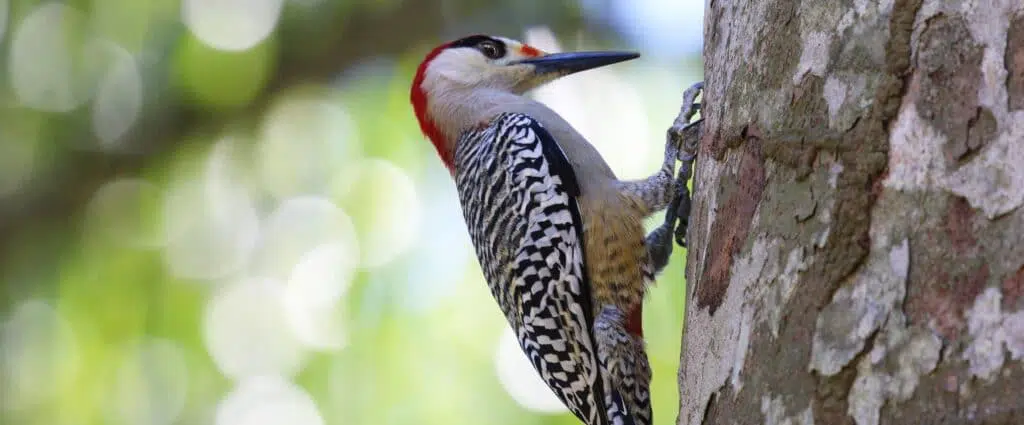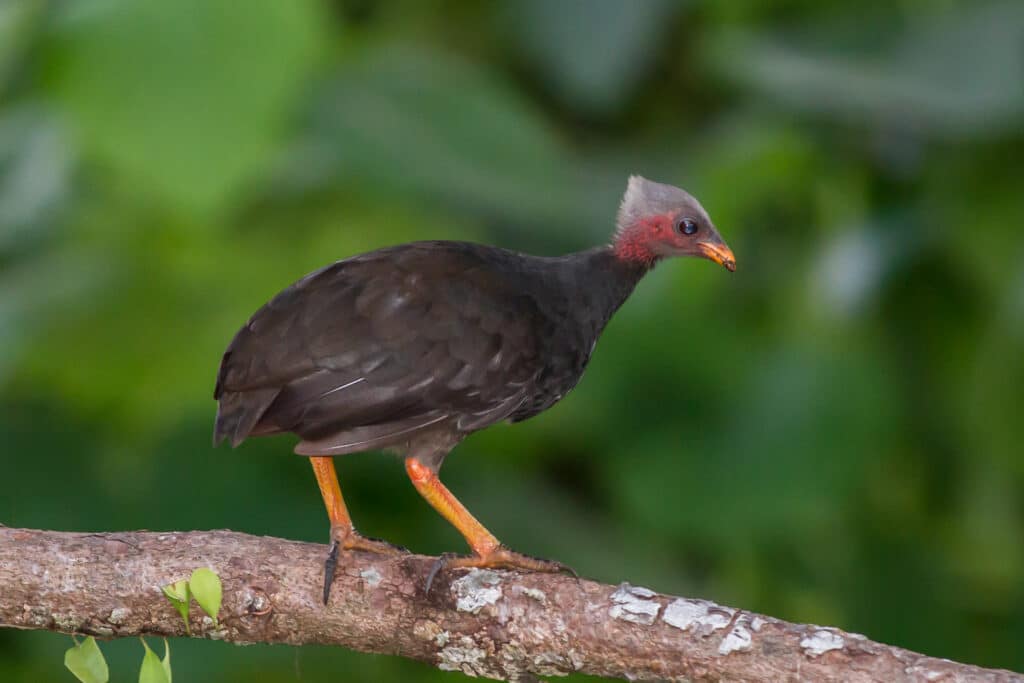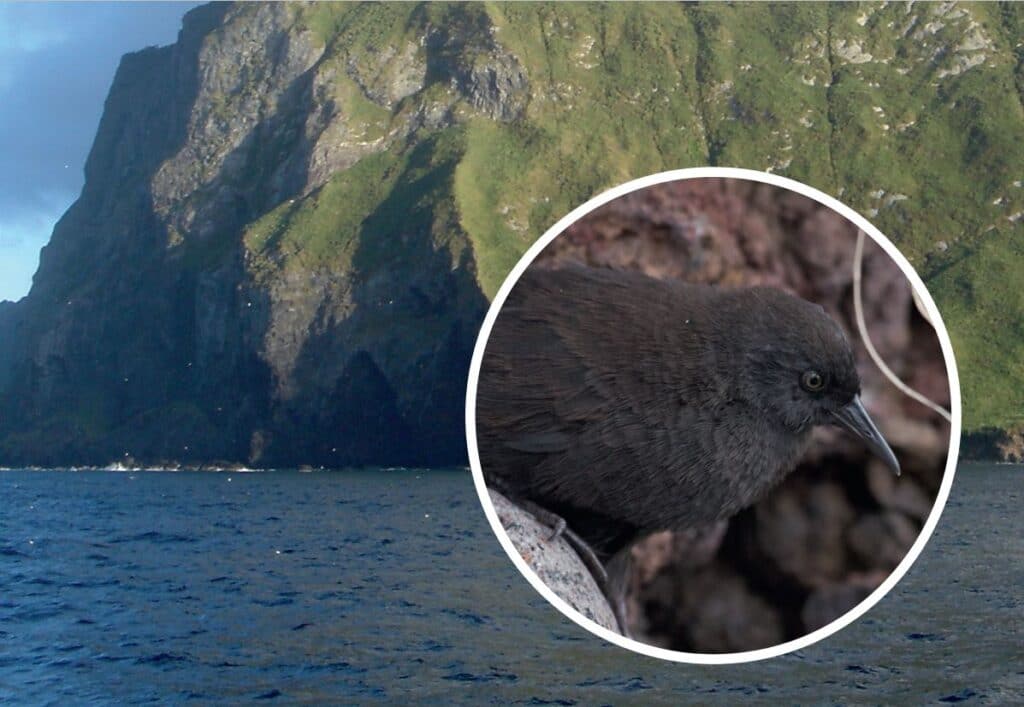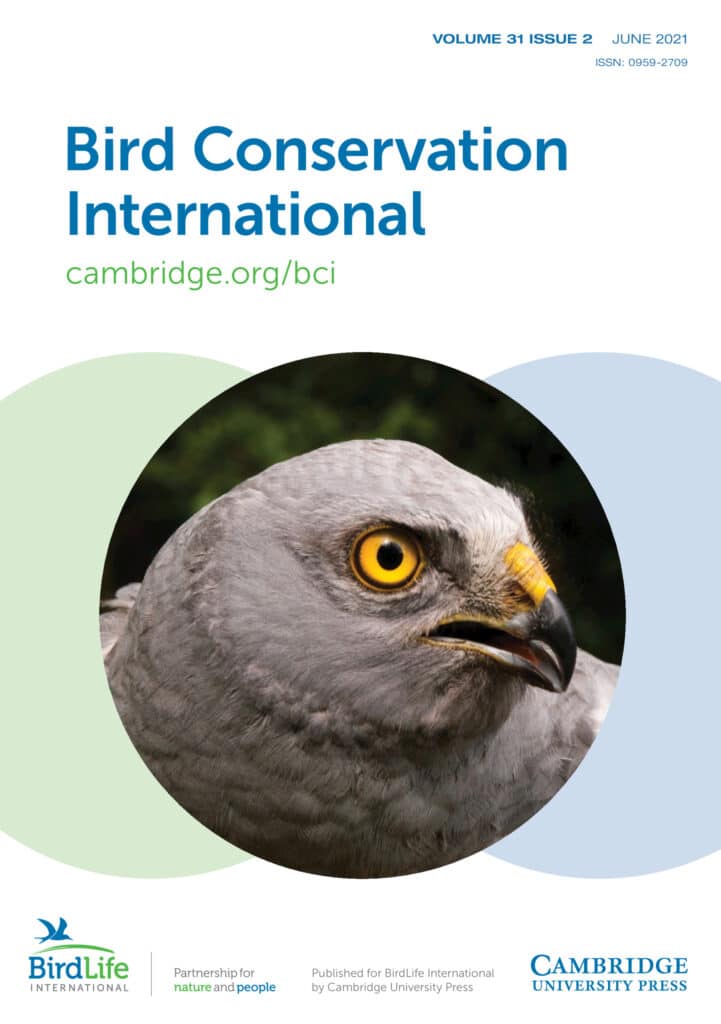How are humans affecting the lives of remote island birds?

You might think birds living on remote islands are safe from the negative impacts of human activity – but this is not the case. Read the latest discoveries about three rare islands birds, coming hot off the press from BirdLife’s peer-reviewed journal.
After the storm: can West Indian Woodpeckers recover?
Hurricanes have occurred throughout the earth’s history, and wildlife – especially on islands – has evolved to be able to recover from them. So why are they a conservation issue? Unfortunately, extreme weather events are increasing in severity and intensity due to climate change, and this trend is set to accelerate. That’s why scientists set out to measure the resilience of the rare West Indian Woodpecker subspecies Melanerpes superciliaris nyeanus on San Salvador in the Bahamas. Researchers tracked population cycles over two decades, finding that population densities dropped by 60-65% following hurricanes, but usually returned to normal within 2-3 years.
However, for a species with such low numbers – around 240 individuals – having insufficient time to rebound between hurricanes could prove disastrous. This is especially worrying when the surviving birds are made even more vulnerable by human-driven habitat loss. Researchers are therefore calling for increased protection of the forest in the north of the island, to ensure a safe haven for the species.

Rats or tourists? The true threats to Micronesian Scrubfowl
Many island birds evolved without natural predators, leaving them defenceless against invasive rats. It has long been assumed that rats are a major threat to Micronesian Scrubfowl Megapodius laperouse (Endangered). But if we want the full story, we may need to consider another creature that swarms on tropical islands: the tourist.
Researchers compared five tourist-visited islands with five tourist-free islands in Palau, and found that tourists seem more likely to have a negative impact on the scrubfowl than rats do. This may be because the scrubfowl buries its eggs up to a metre underground, out of sight of hungry rodents – whereas tourists may startle the bird and disrupt its movements. Tourists probably also bring additional rats on their boats, threatening other bird species that have more exposed nests.
Also known as the “incubator bird”, the Micronesian Scrubfowl often buries its eggs in warm volcanic cinder fields. Its chicks resemble miniature adults and can fly on the first day of hatching.

Accessing the world’s smallest flightless bird
If you’re studying the world’s smallest flightless bird in a place called Inaccessible Island, you know it’s going to be a challenge. The Inaccessible Rail Laterallus rogersi is part of a group of birds that are notoriously hard to survey due to their secretive behaviour and preference for dense vegetation. The rugged terrain of Inaccessible Island – part of the Tristan da Cunha archipelago in the South Atlantic – makes conventional survey methods challenging, and information about this bird is therefore scarce.
Fortunately, the species is very vocal, meaning researchers were able to play recordings of the bird’s call and measure the number of responses. Using this method, the team estimated that 10,300 rails lived on the island, and that the species’ current conservation status of Vulnerable is accurate. The risk of invasive rats or mice arriving from neighbouring Tristan da Cunha Island is the biggest threat.
These discoveries are published in Bird Conservation International, BirdLife’s quarterly peer-reviewed journal. Get updates straight to your inbox at: www.cambridge.org/BCI/Subscribe

Subscribe to our scientific journal below!
Stay up to date
Sign up to receive the latest bird conservation news. You’ll also receive updates about our projects, science and other ways to get involved including fundraising.
Thank you for your support, we are committed to protecting your personal information and privacy. For more information on how we use your data, please see our Privacy Policy. You can unsubscribe from emails at any time by using the link in the footer of any email from us.

